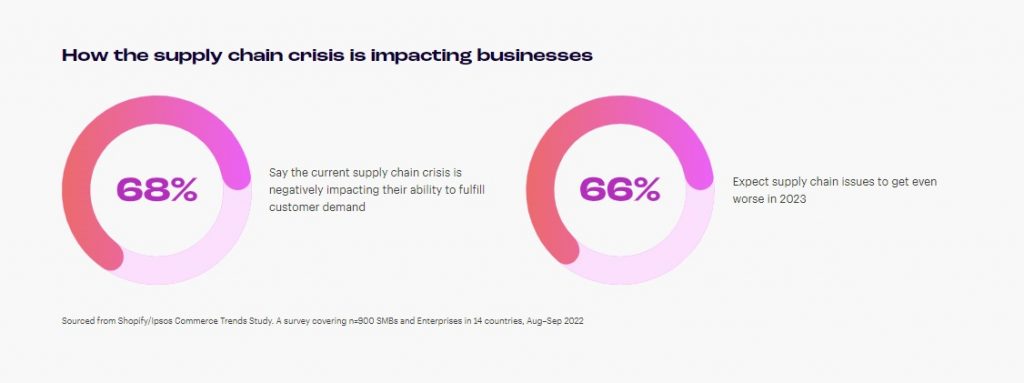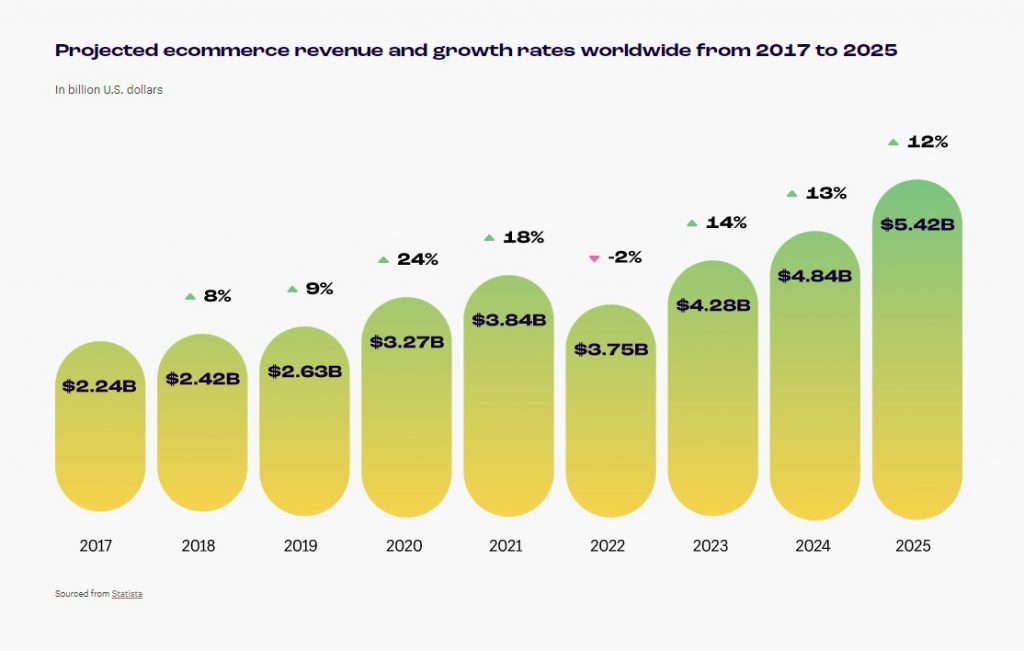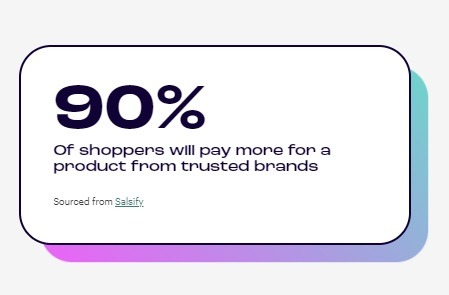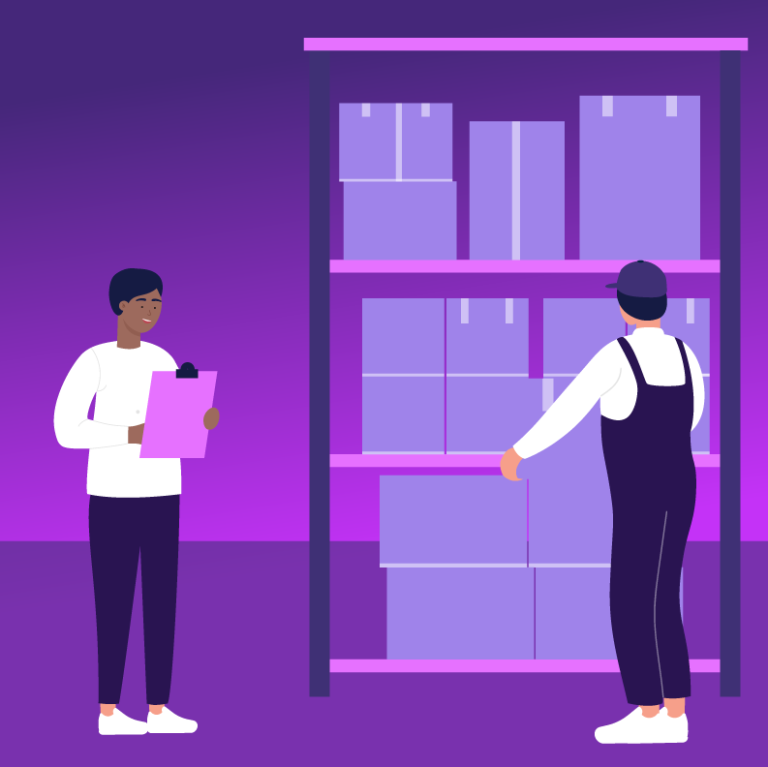The 2023 Shopify eCommerce Trends report is out, and one thing that is absolutely certain this year is that the only constant in commerce is change. And the only way forward is to lay the right foundation. One that allows you to quickly — and cost-effectively — adapt to changes.
Yes, there is a lot you can’t plan for, but by looking to the not-so-distant future to anticipate the significant shifts expected in the coming year, you’ll be better prepared for any eCommerce trends and changes.
In this post, we look at these most-likely eCommerce trends that Shopify predicts online sellers will face this year and give you the hacks, tools, tips, and strategies you can implement today to future-proof your store as much as possible.
Let’s dive in.
eCommerce Trend #1: Supply Chain Disturbances
Despite continued supply chain bottlenecks, consumer shipping expectations are continuing to rise. This will force many online retailers to accelerate and optimize their long-term growth strategies in 2023.
Savvy eCommerce brands are already trying to navigate this by diversifying their product sourcing and adjusting inventory hold levels. However, that’s not to say these brands still haven’t been dramatically affected.
According to Shopify, 68% of online sellers say that current supply chain bottlenecks hinder their ability to efficiently keep up with demand, with just under 70% anticipating worsening supply chain issues in 2023.

The simple truth is that supply chain management hasn’t kept pace with other shifting commerce trends. For example, in one survey of Shopify Plus stores, six out of ten retailers reported lost sales due to out-of-stock products.
So, with lingering supply issues here to stay, how can eCommerce brands future-proof for more bottlenecks?
By upgrading and implementing new inventory management strategies that help you weather supply chain disruptions.
Strategies to Combat Supply Chain Issues
- Expand your product sources. A good strategy to guard against supply chain issues is to diversify your product or material sources as much as possible. Ultimately, you need a supply chain that is measured by resilience, not just productivity. One option many stores (31% of Shopify merchants) opted for in 2022 was to find more local product or raw material sources.
- Invest in automation. According to McKinsey, brands that have already implemented automation and AI for supply chain management saw 65% service and 35% inventory level improvement. They also saw logistics costs improve by 15%. If you haven’t yet digitized your supply chains, using AI for everything from load pooling to dynamic rerouting, early 2023 is the time to do it.
- Take in more inventory. To get ahead of possible supply chain issues, brands are opting to hold more inventory than they did in previous years. In fact, it’s said that the world’s 3,000 most-influential brands currently keep the equivalent of 1% GDP more inventory holdings compared to what they carried in 2019. But there should be balance. You need to add enough of an inventory cushion to meet your customers’ needs without overstocking!
- Lesson return rates. According to one study, the average brand loses $29 for every customer they acquire. This is due to increased acquisition costs and poor return rates — which can be as high as 30% for online brands. Minimizing these return rates can go a long way to building long-term loyalty and confidence — and loyal customers will more likely wait for out-of-stock products.
eCommerce Trend #2: Marketing Changes
Another area of your eCommerce business you can definitely expect to see changes in is your marketing.
With customers getting more protective of their data, you will see retailers steering away from big data, instead looking at first-party data. Why? It enables them to engage potential shoppers with more personalized, relevant content. And with growing competition, this is vital.
The biggest hurdle to 2022 growth was market saturation (online stores doubled in 2021!), and brands had even less time to attract the attention of new potential customers. This competition is only expected to grow in 2023.
So, how can you future-proof your eCommerce business for the upcoming marketing trends and changes, and likely increased competition, in your niche?
By increasing influencer marketing, co-branding, and automation.
Strategies to Combat eCommerce Marketing Trends and Changes
- Increase influencer marketing. According to Hubspot, 33% of shoppers value influencer recommendations over those of their friends and family! Therefore, influencer marketing and UGC strategies have never been more critical. The trick is finding the right creator and platform.
- Consider brand collaborations. Brand collaborations are in this year, and for a good reason. A brand partnership will help your business diversify markets without the need for big data. It will also enable you to capitalize on the instilled trust that you have with your shoppers. And when the competitive landscape heats up, trust is an almost invaluable commodity.
- Upgrade loyalty programs and email remarketing. To get ahead of cookie collection changes, you must ensure you have robust loyalty programs and optimized email marketing strategies. Remarketing to internal segmentation means better ROAS, and, when combined with the right incentive, can substantially boost long-term loyalty and retention.
- Add machine learning to marketing campaigns. To ensure your eCommerce ads can quickly adjust to market shifts and new marketing trends, brands should invest in as much automation and machine learning technologies as possible. This includes automating your PPC and social media campaigns. An excellent place to start is by harnessing the machine learning capabilities of Traffic Booster to manage and optimize an integrated eCommerce marketing advertising strategy. It will also help manage budgets and ROAS to help with growing inflation worries!
[embedded content]
Automate Your Store Traffic
eCommerce Trend #3: Social Commerce Dominance
In 2023 you can expect social commerce to get even more interactive. As post-pandemic eCommerce growth stabilizes, there is still momentum to capitalize on. As you can see from the Shopify report graphic below, slowing growth doesn’t mean any growth.

[Source: Shopify]
And with this growth, comes a change in shopping platform preferences.
While traditionally, marketplaces dominated in terms of convenience, social media is now infiltrating every part of retail.
According to one report, Gen Z is now more likely to use social media than online search to research brands. When you add that many users from all ages (78% of consumers) are now more comfortable shopping through their social media networks, you can see why.
In fact, eMarketer estimated that US social commerce will more than double in 2023 compared to 2020 sales and is expected to exceed $56 billion.
So, how can you future-proof your eCommerce marketing strategies to ensure you are capitalizing on growing social commerce sales? With advanced engagement strategies designed to make your brand more interactive.
Strategies to Make Social Commence More Interactive
- Invest in the right integrations. Integrating social commerce with the rest of your digital touchpoints along your entire customer journey will be key to creating a cross-channel shopping experience. In 2023, you will want to integrate shoppable product videos, live commerce, cross-channel analytics tools, and content marketing strategies. (On Shopify? Start with this list of 2023 apps and tools for eCommerce.)
- Offer real-time engagement. With growing competition and less spending, it’s more important than ever to meet your customers and potential shoppers where they are. This means being able to chat with consumers on top messages in real-time. The best way to do this, especially for leaner businesses, is with chatbots. The trick will be to keep these engagements as authentic as possible.
eCommerce Trend #4: Economic Shifts
Unfortunately, dramatic downturns are hard to plan for, but brands can set up strategies now to help them deal with the uncertainty of economic uncertainty.
Merchants and consumers are already feeling the weight of inflation — with predictions saying 2023 is likely to worsen. The World Trade Organization (WTO) expects trade volume growth to drop to 1% during 2023.
The bottom line is that with rising commodity costs and the highest inflation rates seen in the last 40 years, consumers will be spending less, less often this year. To weather the storm, strong brands should keep a close eye on cash flow while shifting their pricing, operations, and growth strategies to remain competitive.
So, how can you future-proof your eCommerce business for the upcoming economic shifts and downturns? By preparing for inflation and boosting cash flow now.
Strategies to Combat Inflation and Boost Cash Flow (and Loyalty)
- Reduce overhead costs. Reducing your operating costs will be vital this year. This can include anything from cutting back on costly marketing mistakes (opting for cost-effective, optimized eCommerce ads) to re-negotiating with suppliers. Ultimately, you want to audit your expenses and costs to look for inefficiencies and find ways to make your eCommerce business leaner.
- Consider subscriptions and memberships. Adding subscription services to your online store goes a long way to keeping sales ticking over while offering customers more value. Yes, you would be marketing additional membership or subscription plans as money-saving initiatives, but they also provide an opportunity to build digital communities — which maintain engagement and build loyalty.
- Invest heavily in retention strategies to promote loyalty. From time-sensitive flash sales to exclusive sales promotions, rewarding loyalty will be critical in 2023. We know it’s much cheaper to target existing customers, but it’s also more effective when you consider shoppers are likely to be less risk-averse when looking to reduce spending.
- Get strategic with pricing strategies. With inflation, you will likely be one of the 80% of businesses who plan to increase product prices this year. The key is ensuring you’re also implementing loyalty-building systems. Why? 90% of shoppers are likely to pay more for a product if it’s from a brand they trust.

[Source: Shopify]
Final Thoughts: Loyalty, Loyalty, Loyalty!
The bottom line is that 2023 eCommerce trends will likely affect your business. However, you can future-proof your business and weather the storm by following some of the strategy and automation tools suggestions above. And the string that holds them all together?
Loyalty!
You may have noticed throughout this post that building loyalty is key to combating each possible disruption. Not just to navigate the 2023 market changes but for sustained growth in an increasingly competitive and saturated market.
Now is also a good time to overhaul all your marketing strategies to ensure you are optimized to get the most sales for your spend. After all, available cash flow is as precious as standing out in an overly saturated market where shoppers are less risk-averse!
Still got questions? Post them in the comments section below!

Nicole Blanckenberg
Nicole is a content writer at StoreYa with over sixteen years experience and flair for storytelling. She runs on a healthy dose of caffeine and enthusiasm. When she’s not researching the next content trend or creating informative small business content, she’s an avid beachgoer, coffee shop junkie and hangs out on LinkedIn.
Comments
comments
Powered by Facebook Comments


